Ọgwụgwọ Mmiri na Kemịkalụ Disinfection
Water treatment and disinfection chemicals are substances used to purify water by removing contaminants, pathogens, and harmful microorganisms. These chemicals play a crucial role in ensuring that
water is safe for drinking, bathing, industrial use, and irrigation. Common chemicals include chlorine, chloramine, ozone, and various coagulants and flocculants. The proper use of these chemicals helps prevent waterborne diseases, improves water quality, and ensures compliance with health and safety standards.
-
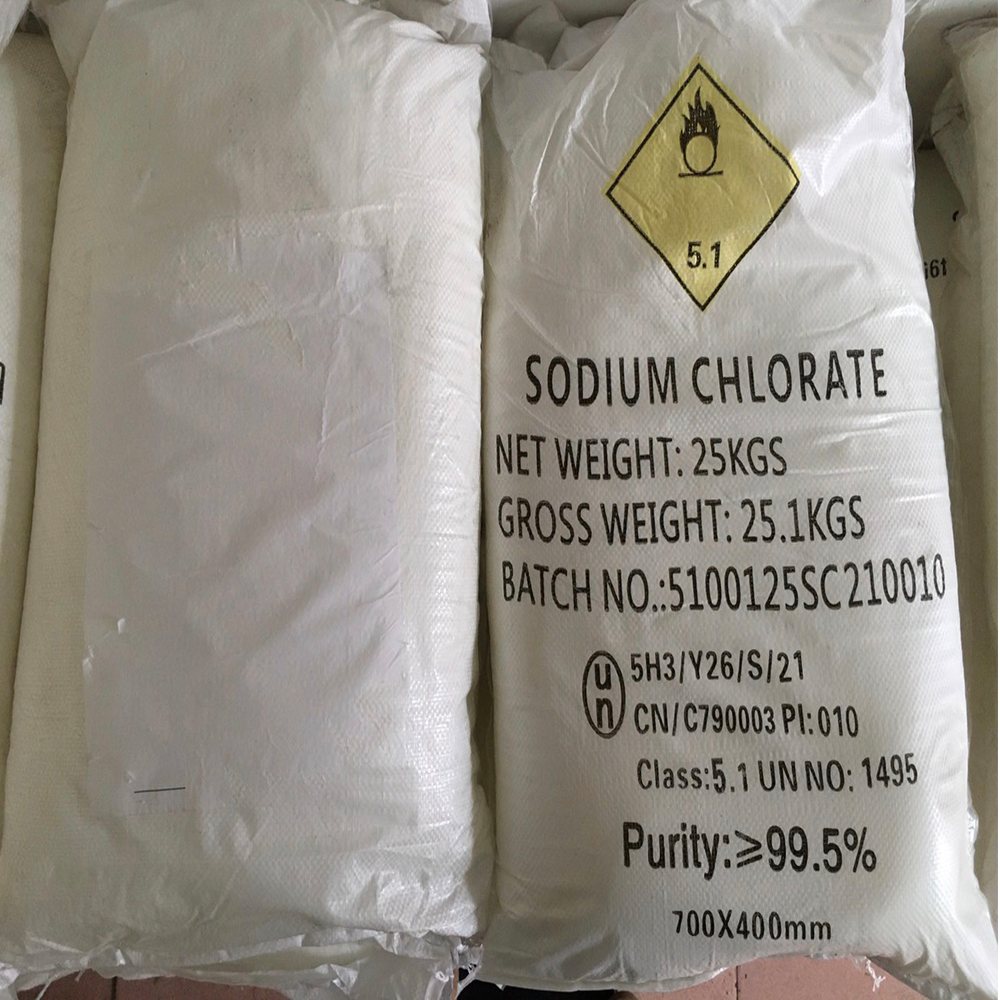
-
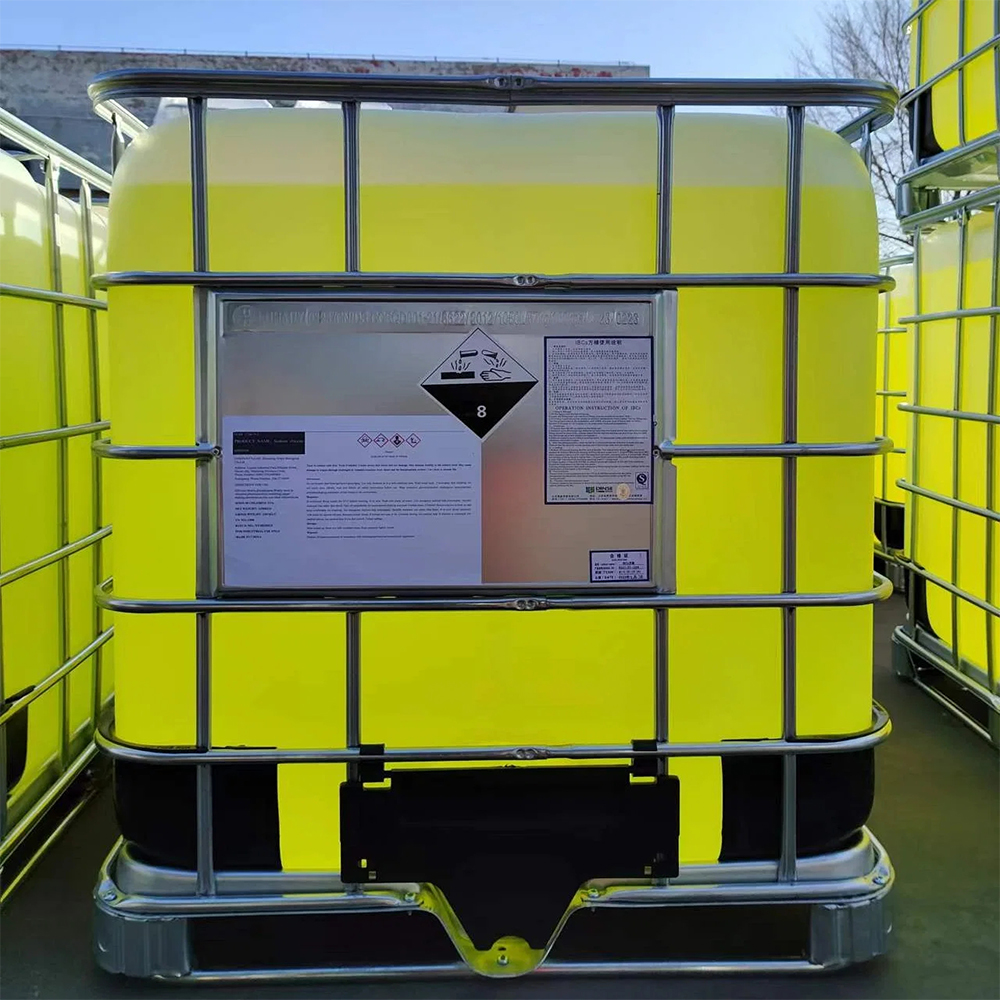
-
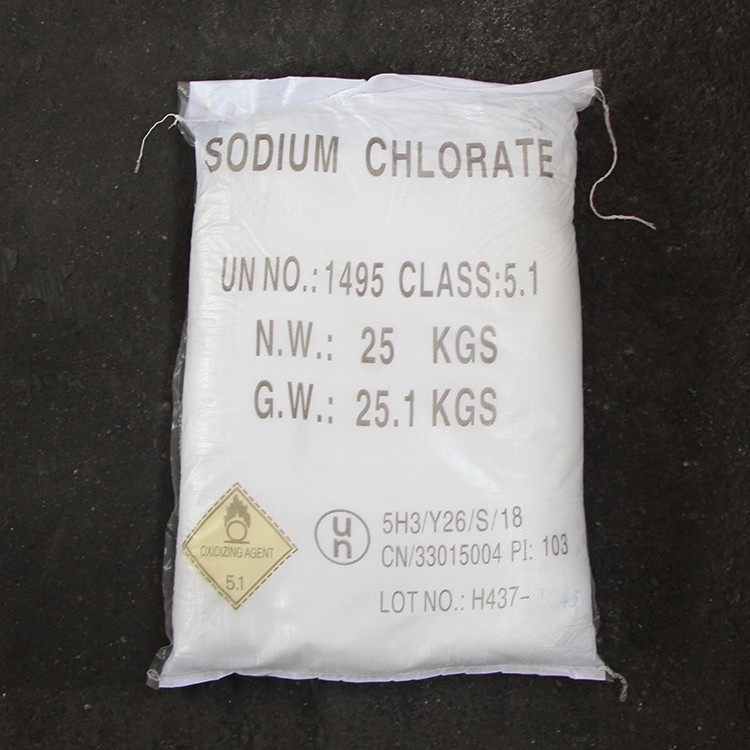
-
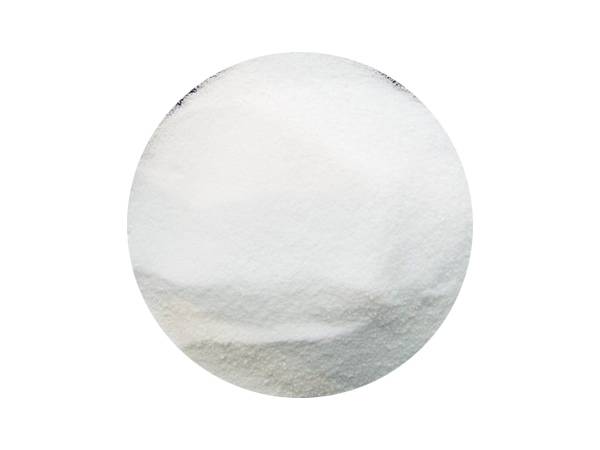
-
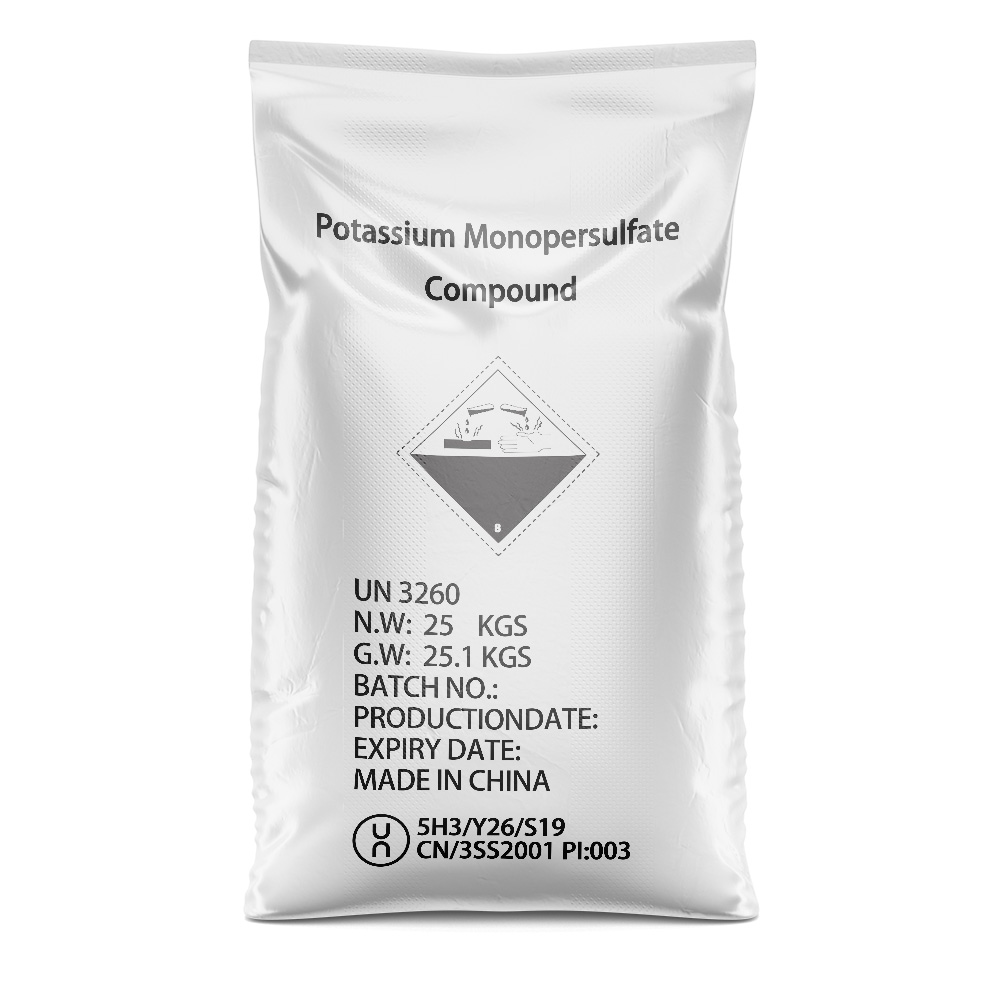
-
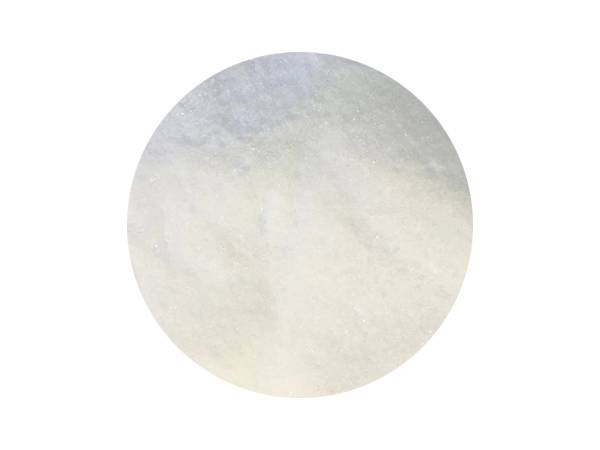
-
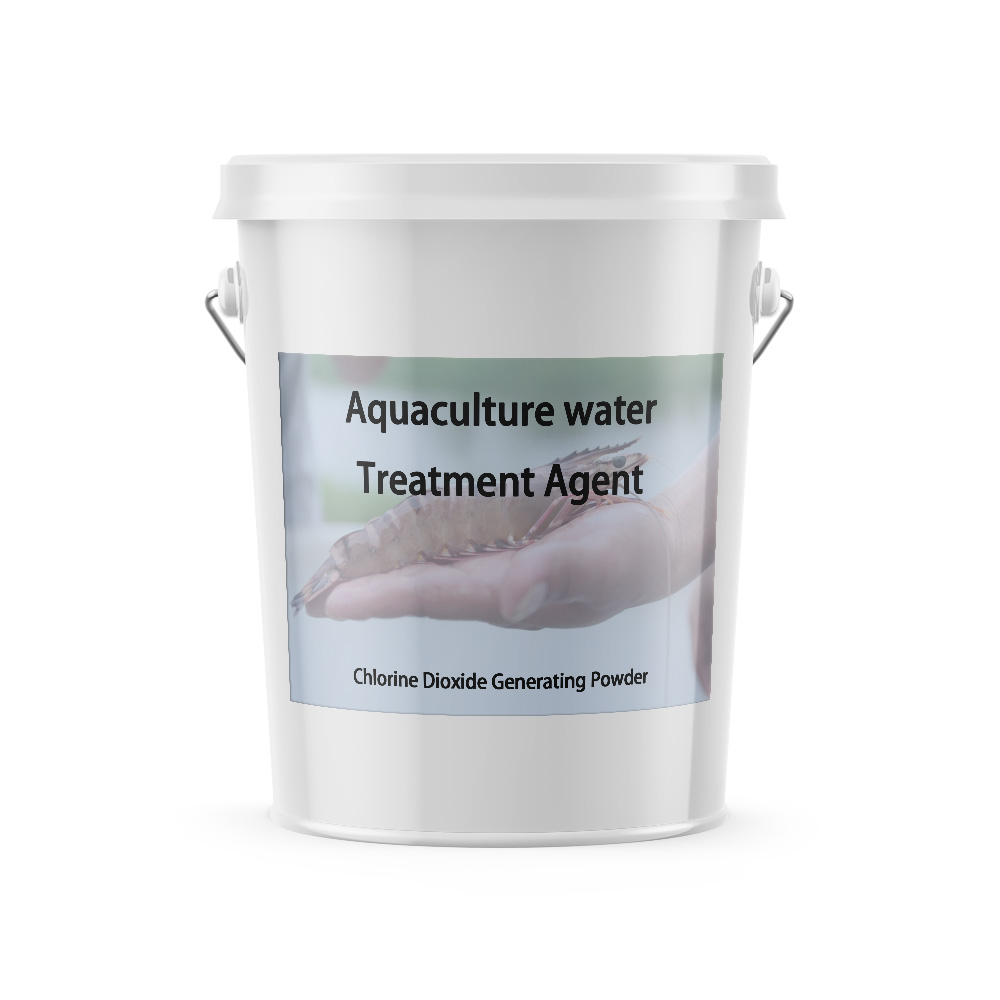
-
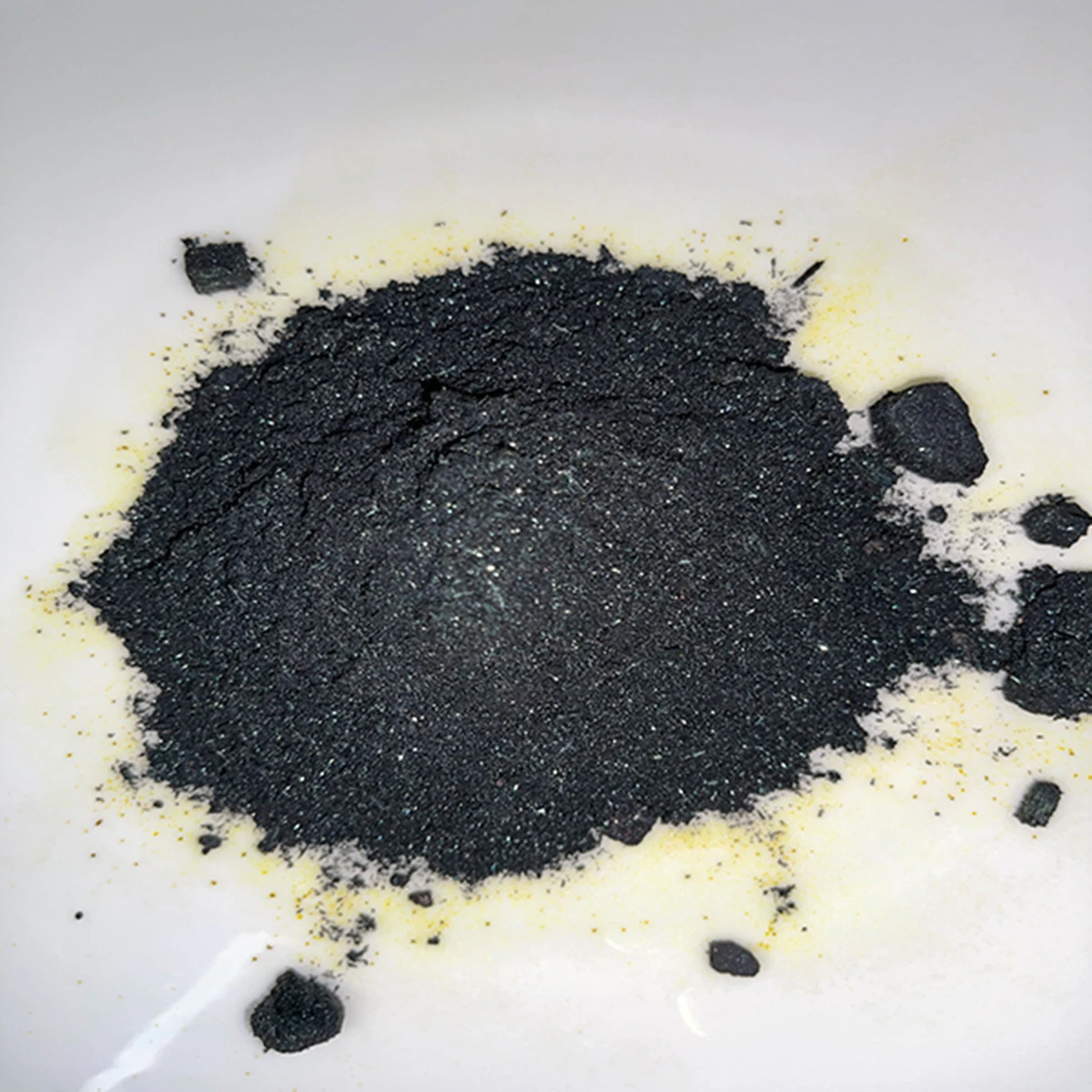
short description
Ferric Chloride Liquid is an aqueous solution containing Iron(III) Chloride (FeCl3). It is produced through an oxidation process that utilizes chlorine and a Ferrous Chloride solution as raw materials.
-
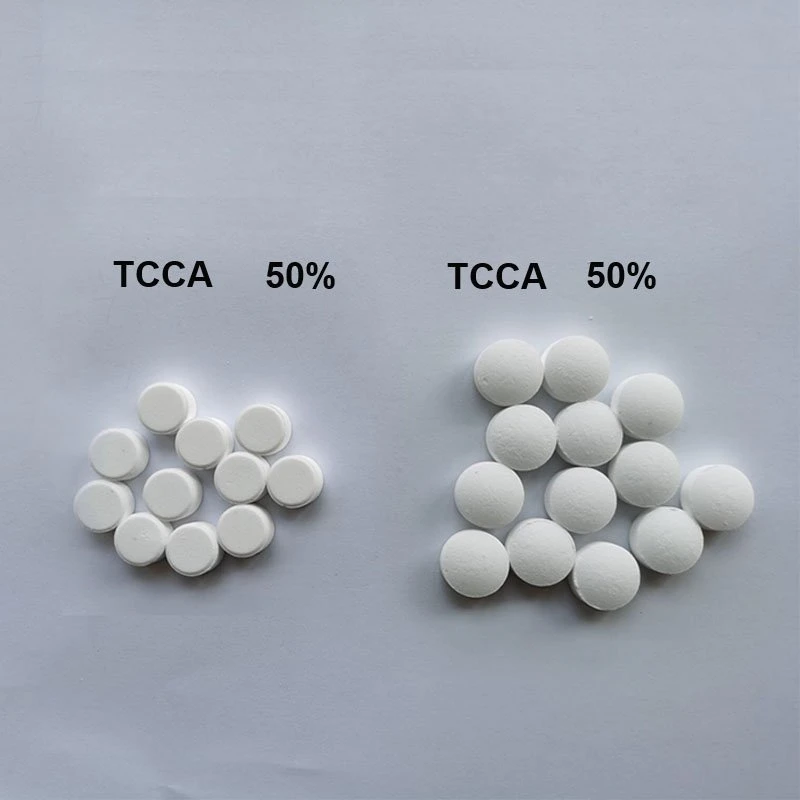
- Usoro ihe omimi:C3O3N3CL3
- Ọ BỤGHỊ:87-90-1
- Koodu HS:2933.6922.00
- IMO:5.1
- UN NO.:2468
- Form:white tablets
-
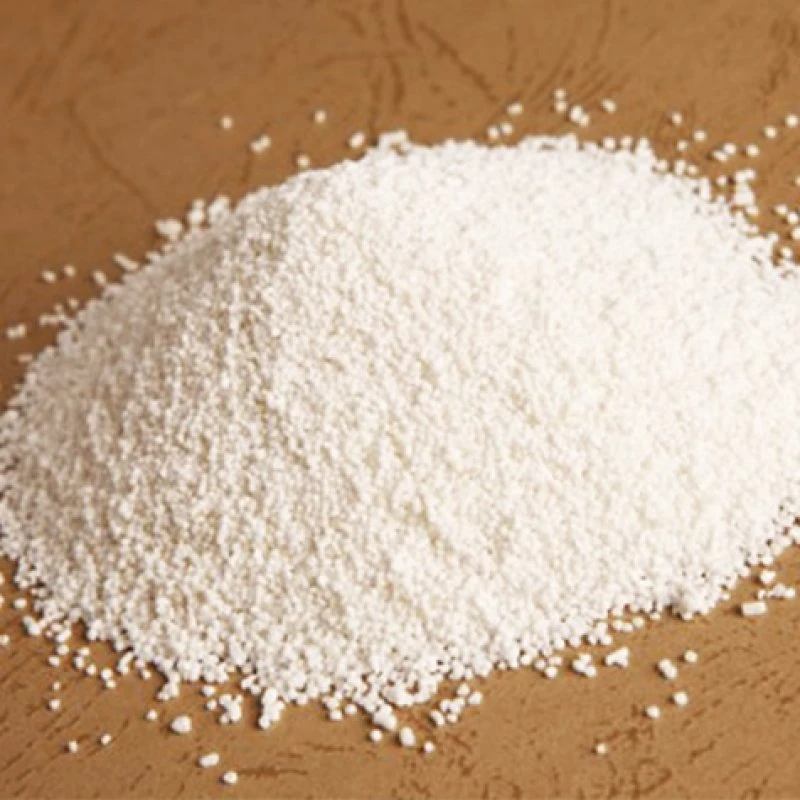
- Ụdị molekụla:C3Cl2N3O3.Na or C3Cl2N3NaO3
- Ibu Molecular:219.94
- CAS.:2893-78-9
- IUPAC Name:sodium;1,3-dichloro-1,3-diaza-5-azanidacyclohexane-2,4,6-trione
What Are The Most Commonly Used Chemicals For Water Disinfection?
The most commonly used chemicals for water disinfection are chlorine and chloramine. Chlorine is widely used due to its effectiveness in killing bacteria, viruses, and other pathogens. Chloramine, a compound of chlorine and ammonia, is used as a secondary disinfectant to provide longer-lasting protection in water distribution systems. Ozone and ultraviolet (UV) light are also used in some cases, especially in large-scale or specialized water treatment plants, due to their ability to disinfect without leaving harmful residues.
Are Water Treatment Chemicals Safe For Consumption?
Yes, when used correctly and in regulated amounts, water treatment chemicals are safe for consumption. Regulatory agencies, such as the Environmental Protection Agency (EPA), set strict guidelines and limits on the amount of chemicals that can be used in water treatment to ensure safety. After treatment, the levels of these chemicals are monitored to ensure they are within safe limits for human consumption. Additionally, residual disinfectants like chlorine are kept at low concentrations that are effective yet safe for long-term exposure.
How Are Water Treatment Chemicals Applied In Water Systems?
Water treatment chemicals are typically applied at different stages of the water treatment process. Coagulants and flocculants are added early on to help remove suspended particles. Disinfectants like chlorine are added during or after the filtration process to kill any remaining pathogens. The exact application method and dosage depend on the water source, the type of contaminants present, and the desired quality of the treated water. Professional water treatment operators carefully control these processes to ensure optimal water quality.














